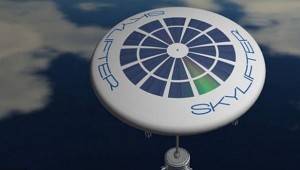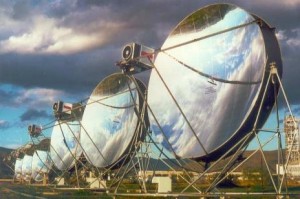Airships have received a new lease of life with the growing consciousness of environment issues. The history of airships is marred by the disastrous end to the Hindenberg zeppelin in 1937 which resulted in a lull in the research into airships as a viable transportation mode. However, in the last few decades, research and development and funding have all come together to raise the eco-friendly airship out of obscurity and to elevate it from advertising blimps to feasible and effective transportation solutions. They are already being used in various ways such as heavy lifting, research and exploration, and unmanned surveillance.

 Follow
Follow
